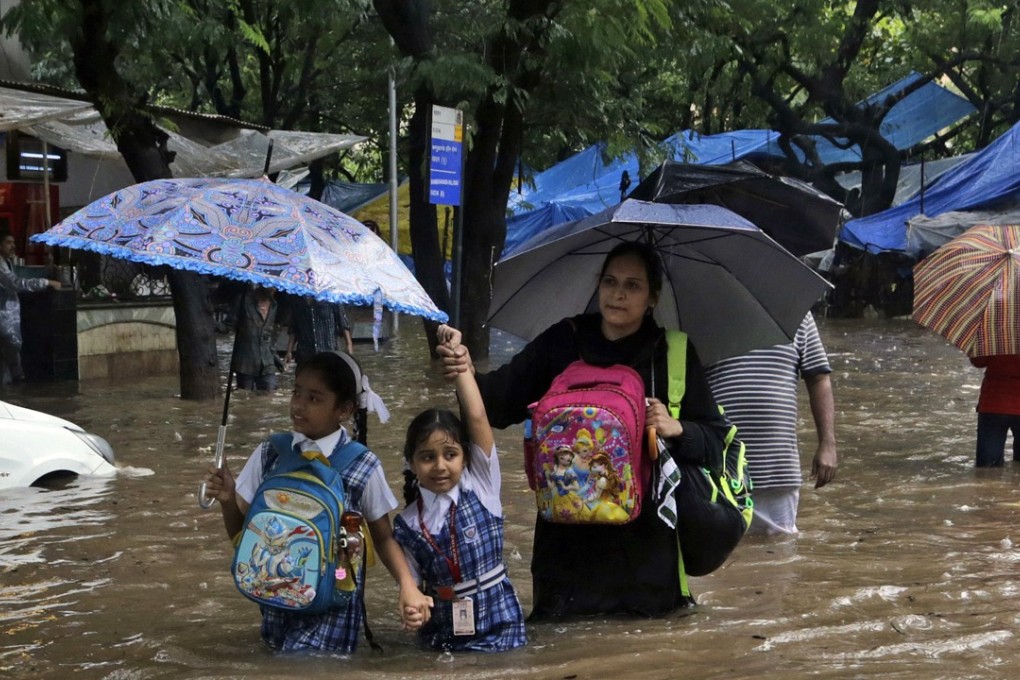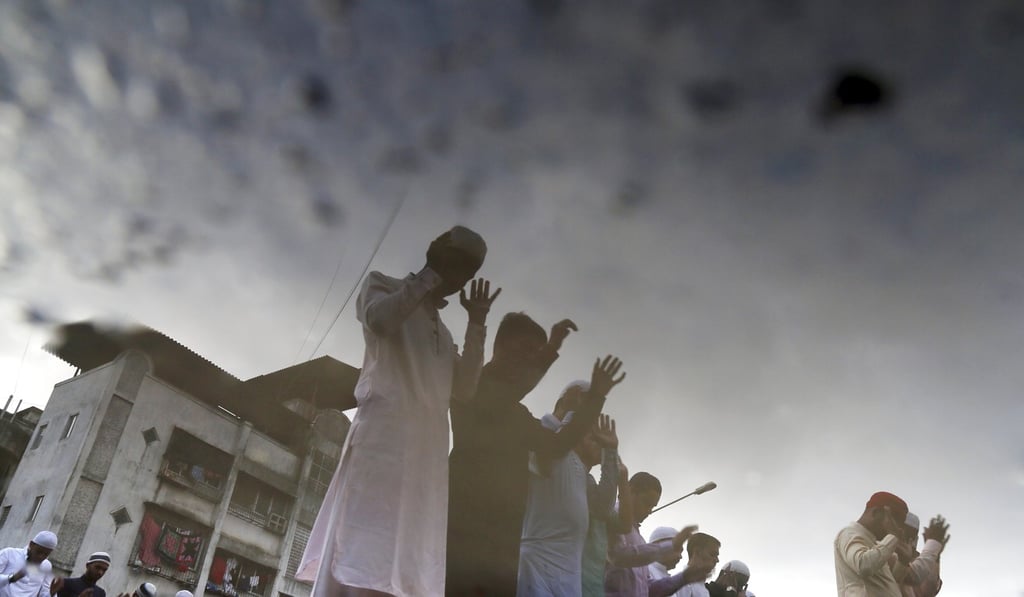Advertisement
South Asian monsoons and flooding expose Mumbai’s overdevelopment and greed
Priya Virmani says we will keep seeing a repeat of the Mumbai flood disaster unless out-of-control development is curbed and proper drainage infrastructure installed by authorities who seem all too willing to ignore the problem
Reading Time:3 minutes
Why you can trust SCMP
0

South Asia’s floods reached epic proportions last week. The extent of the disaster is staggering – 1,200 casualties in Mumbai, Nepal and Bangladesh; 40 million affected; 18,000 schools closed and 1.8 million children unable to attend.
Mumbai is the richest area in the flood-hit region but has not been spared the tragedy due to a complete lack of preventive measures. Standing proudly on the Arabian Sea coast, its waterways – lakes, creeks, mudflats and rivers – form the very fabric of the city.
Yet, Mumbai has been overbuilt with a complete disregard for topography. It is India’s glamour and commercial capital and has a huge population of 21 million, expected to grow to 28 million in the next 15 years. This has heightened the demand for already scarce land, making the city’s real estate among the most highly prized in the world.
This mix has also become a perfect ground for the greed of private developers. Natural features slowing the floodwaters have been destroyed in the name of development and the danger of building on flood plains has been disregarded. Sadly, Mumbai’s municipal corporation has not laid down stringent ground rules, which ought to include non-negotiable restrictions on building on flood plains.
On August 29, Mumbai received an average of 26mm of rain per hour, the highest 24-hour rainfall in a decade. The city’s drainage system could not cope. In one incident, locals improvised by opening a manhole cover to try to get the floodwaters to recede, with fatal consequences; a doctor wading home through the floods fell into the open manhole.

Floods swamp Mumbai after month’s worth of rain falls in a single day
Advertisement
Select Voice
Choose your listening speed
Get through articles 2x faster
1.25x
250 WPM
Slow
Average
Fast
1.25x